Production Introduction
Exhaust manifold is a component in an engine's exhaust system. It collects exhaust gases from several cylinders into a single outlet. A well designed exhaust manifold can improve exhaust efficiency, enhance engine performance, such as increasing power and improving fuel economy. The exhaust manifold can be designed and manufactured according to specific requirements, this can ensure the best performance for its application.
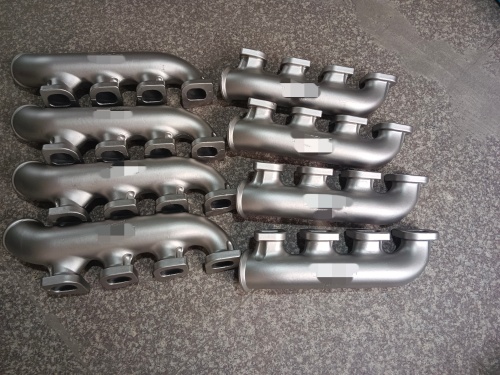
Material and process
Stainless steel is chosen for this manifold. In the harsh environment of an exhaust system where there are high temperatures and corrosive exhaust gases, stainless steel can maintain the structural integrity and performance of the exhaust manifold for a long time.
The plastic prototypes were made by 3D printing, and sent from our customer.
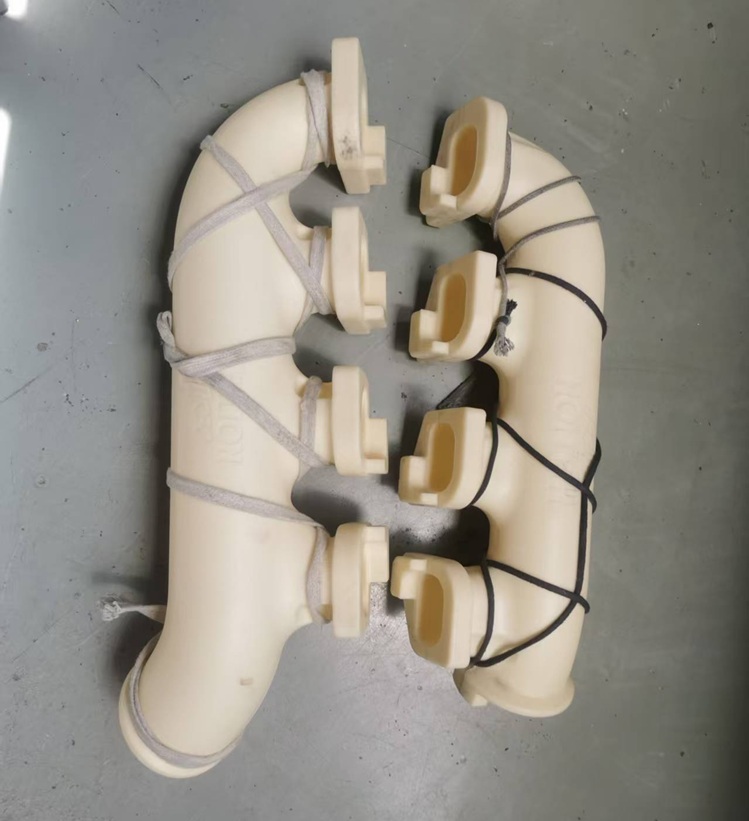

After careful analysis, our engineer all agreed that precision casting is the most suitable process to make the exhaust manifold.
In investment casting, for hollow products, a wax mold is first made to form the external shape of the product. A core is also required to form the internal hollow part of the product. Belowings are the molds to make the wax pattern and the core.
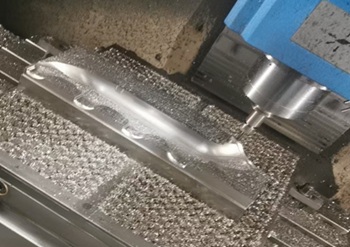
CNC machining the mold
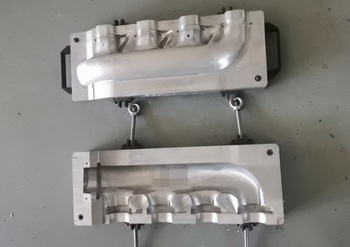
The finished inner mold
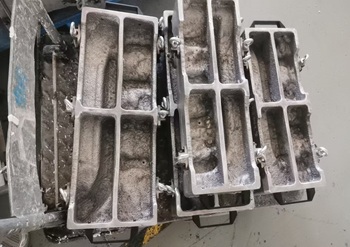
The mold to make the wax pattern
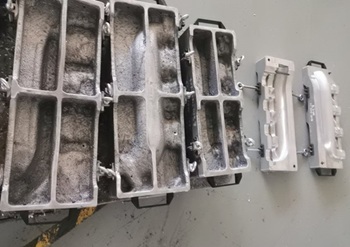
The molds to make manifold
After all the molds are prepared, the process of making wax patterns and investment casting shells begins.
Wax is injected into the prepared molds to form wax patterns. Then, the wax patterns undergo the investment casting shell making process. The wax patterns are dipped into a slurry made of silica sol and refractory powders like zircon sand or fused silica.
After each dipping, they are coated with refractory sand and dried. This process is repeated multiple times to make a thick and strong shell around the wax patterns.
Once the shell is completely dried and hardened, the wax inside is removed by heating to melt the wax, leaving a hollow shell mold.
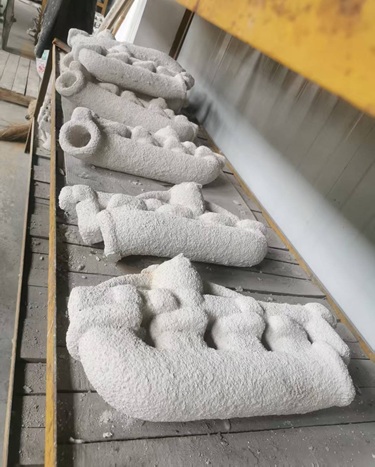
After the molten metal cools and solidifies in the shell, it needs to remove the shell by a vibration process. The casting is placed on a de-shelling machine, which vibrates to separate the shell from the casting. After de-shelling, some residual molding sand, burrs remain on the casting surface, requiring cleaning. After cleaning, the casting requires machining the flange.
Here are the finished exhaust manifold:

Packing
Before packaging the finished exhaust manifolds, we conduct a comprehensive inspection to ensure every product meets the quality standards. For packaging, we use wooden cases which don't need to fumigate to protect the exhaust manifolds during transportation. This packaging solution can minimize the risk of damage, dents, or scratches caused by impacts, or handling during long distance shipping.
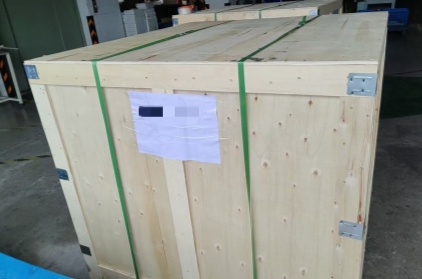
English
العربية
Français
Русский
Español
Português
Deutsch
italiano
日本語
한국어
Nederlands
Tiếng Việt
ไทย
Polski
Türkçe
አማርኛ
ພາສາລາວ
ភាសាខ្មែរ
Bahasa Melayu
ဗမာစာ
தமிழ்
Filipino
Bahasa Indonesia
magyar
Română
Čeština
Монгол
қазақ
Српски
हिन्दी
فارسی
Kiswahili
Slovenčina
Slovenščina
Norsk
Svenska
українська
Ελληνικά
Suomi
עברית
Dansk
Afrikaans
Gaeilge
Eesti keel
latviešu
Беларуская мова
Български
Català
Lietuvių
Lëtzebuergesch
Македонски
























